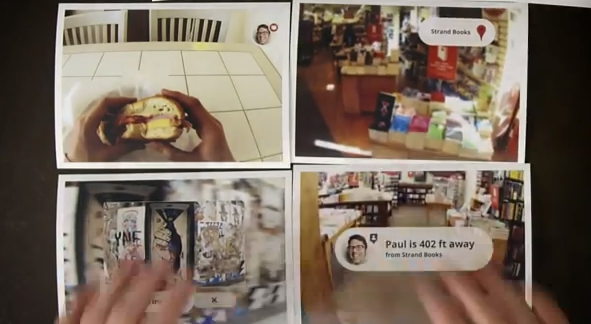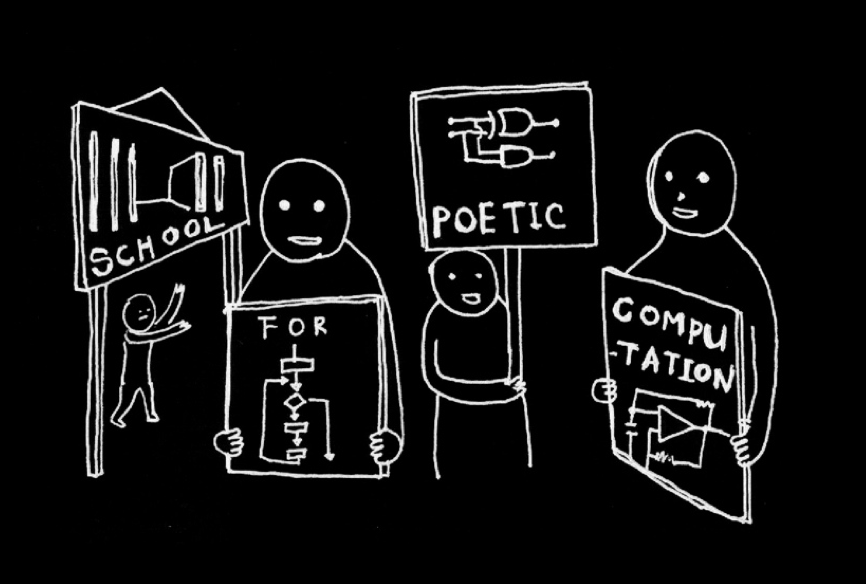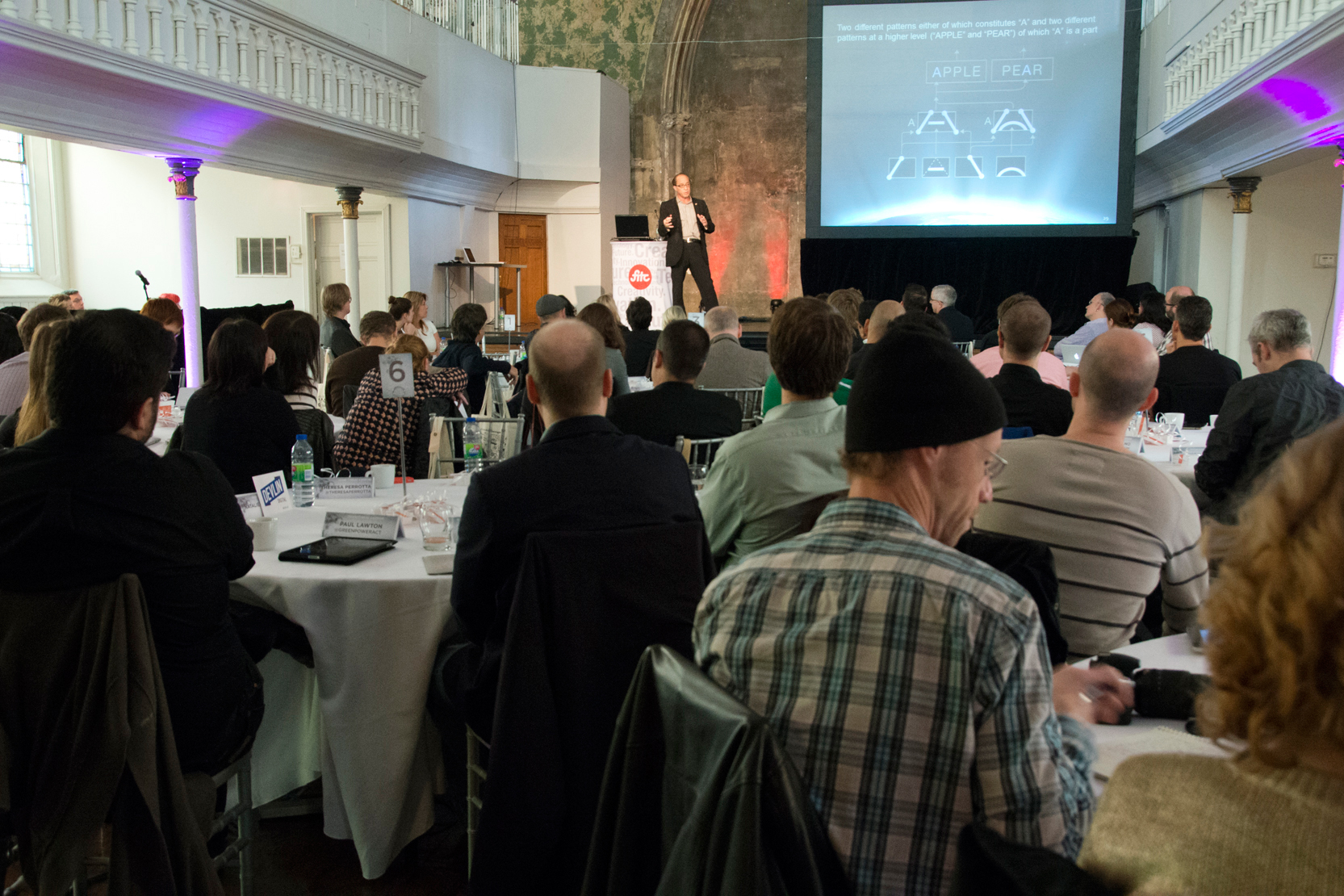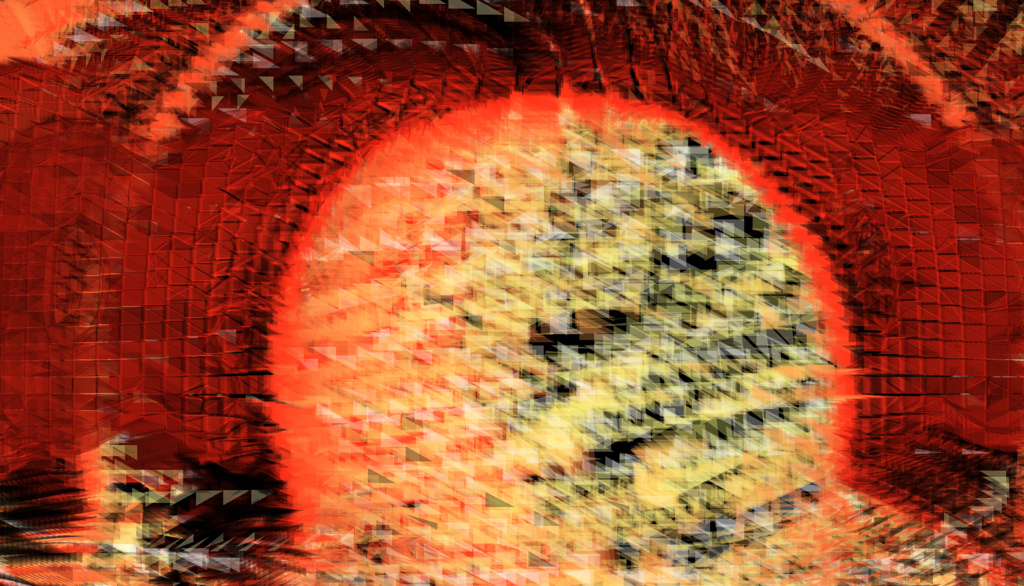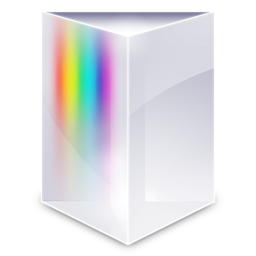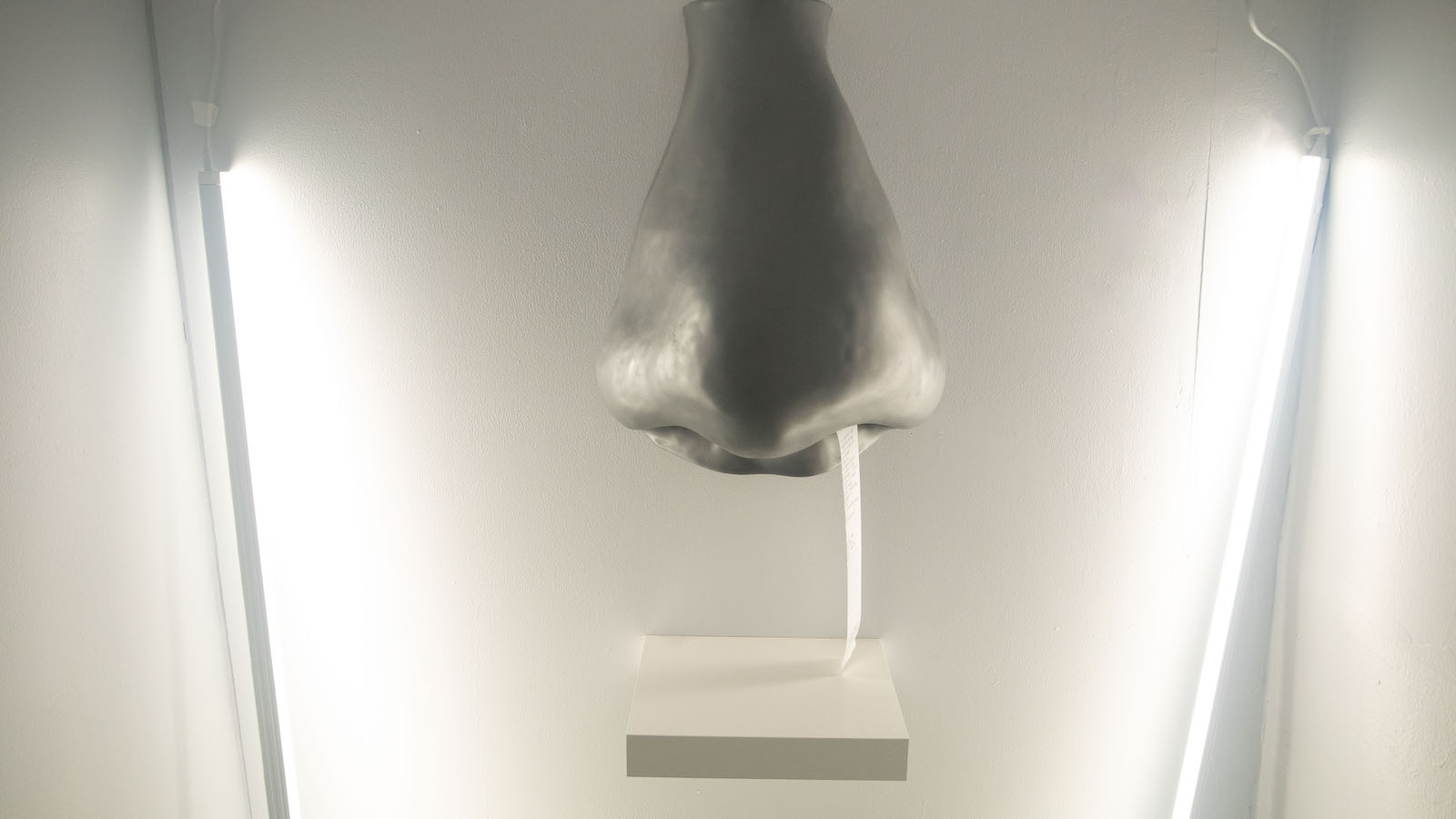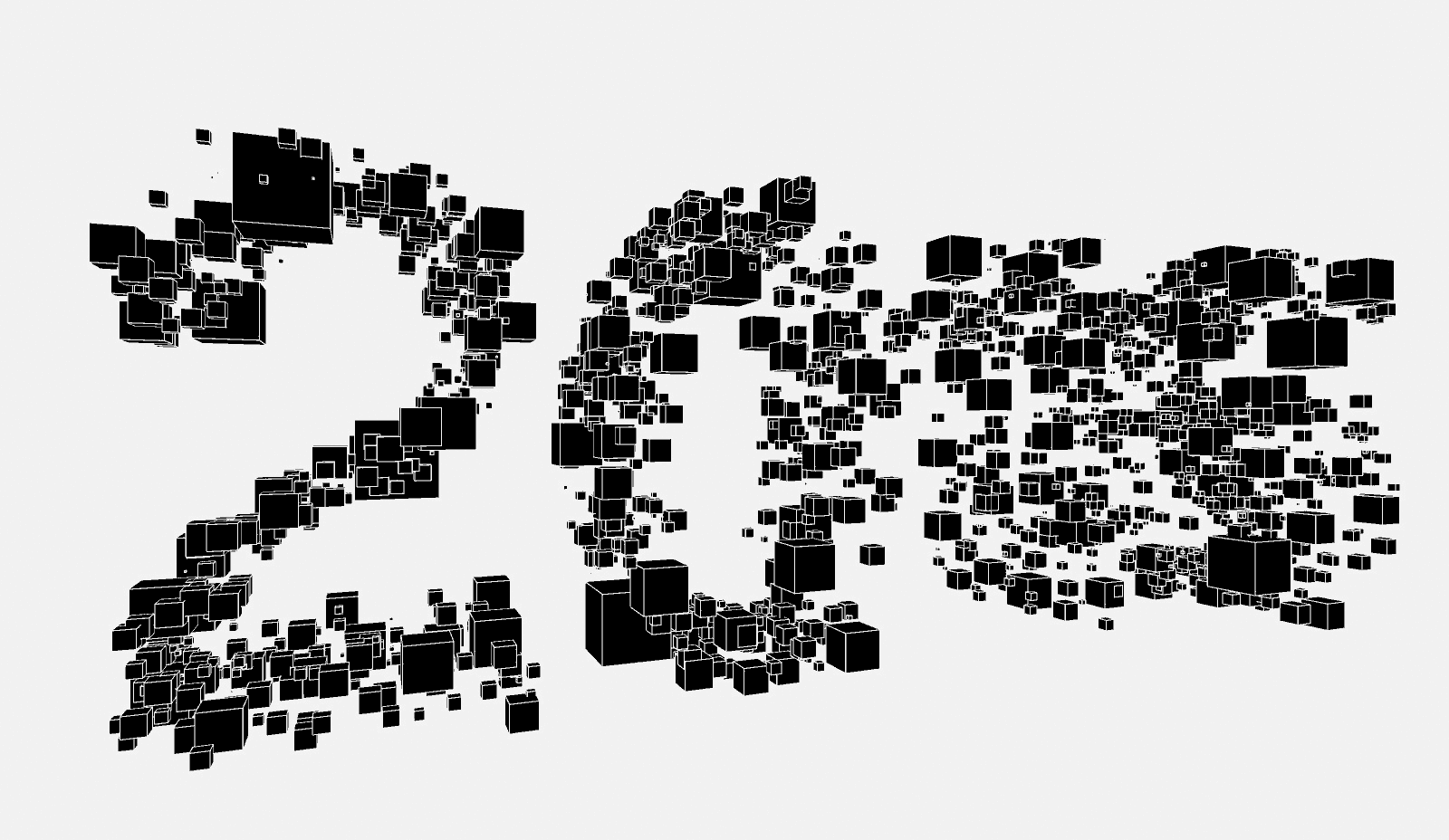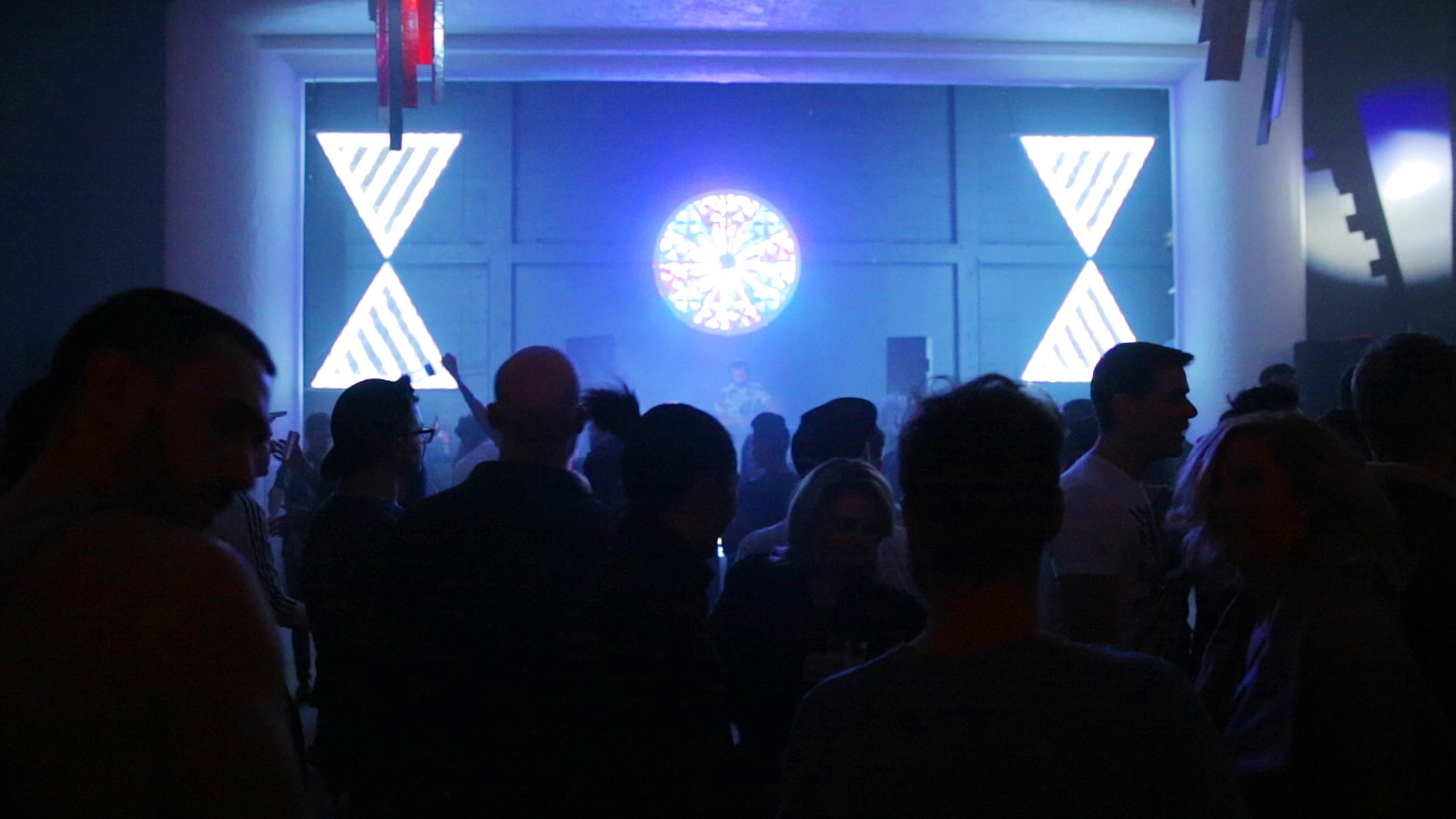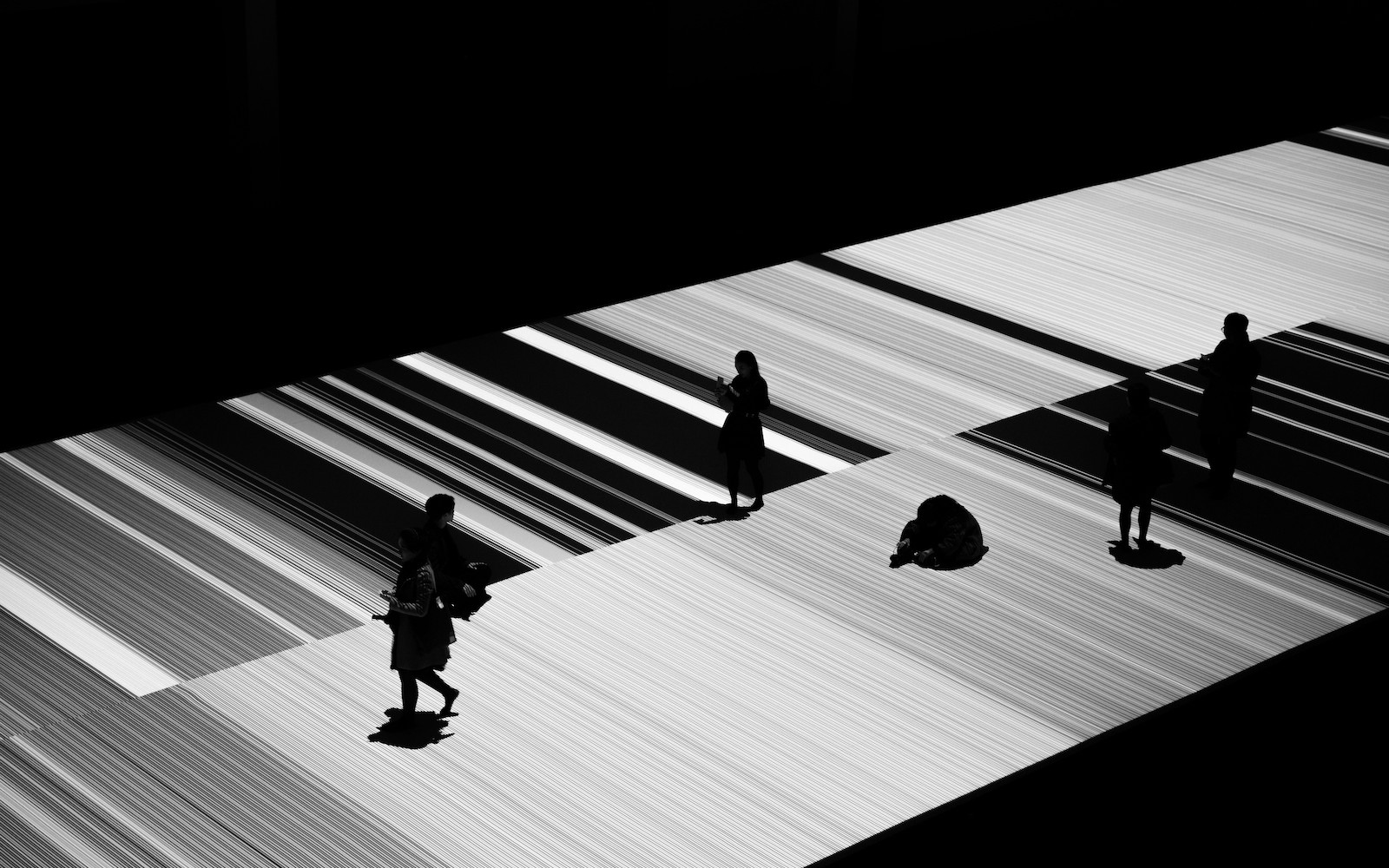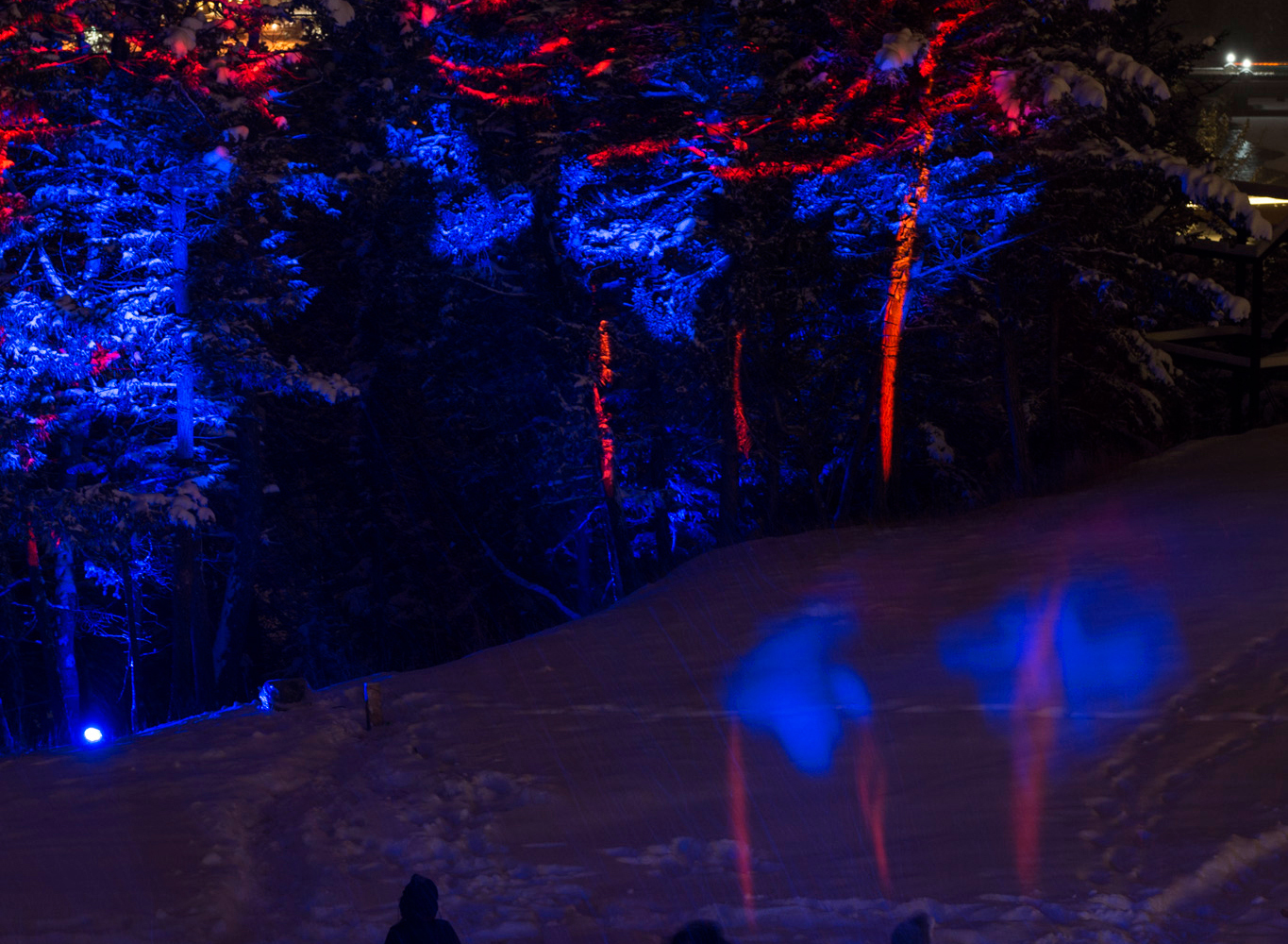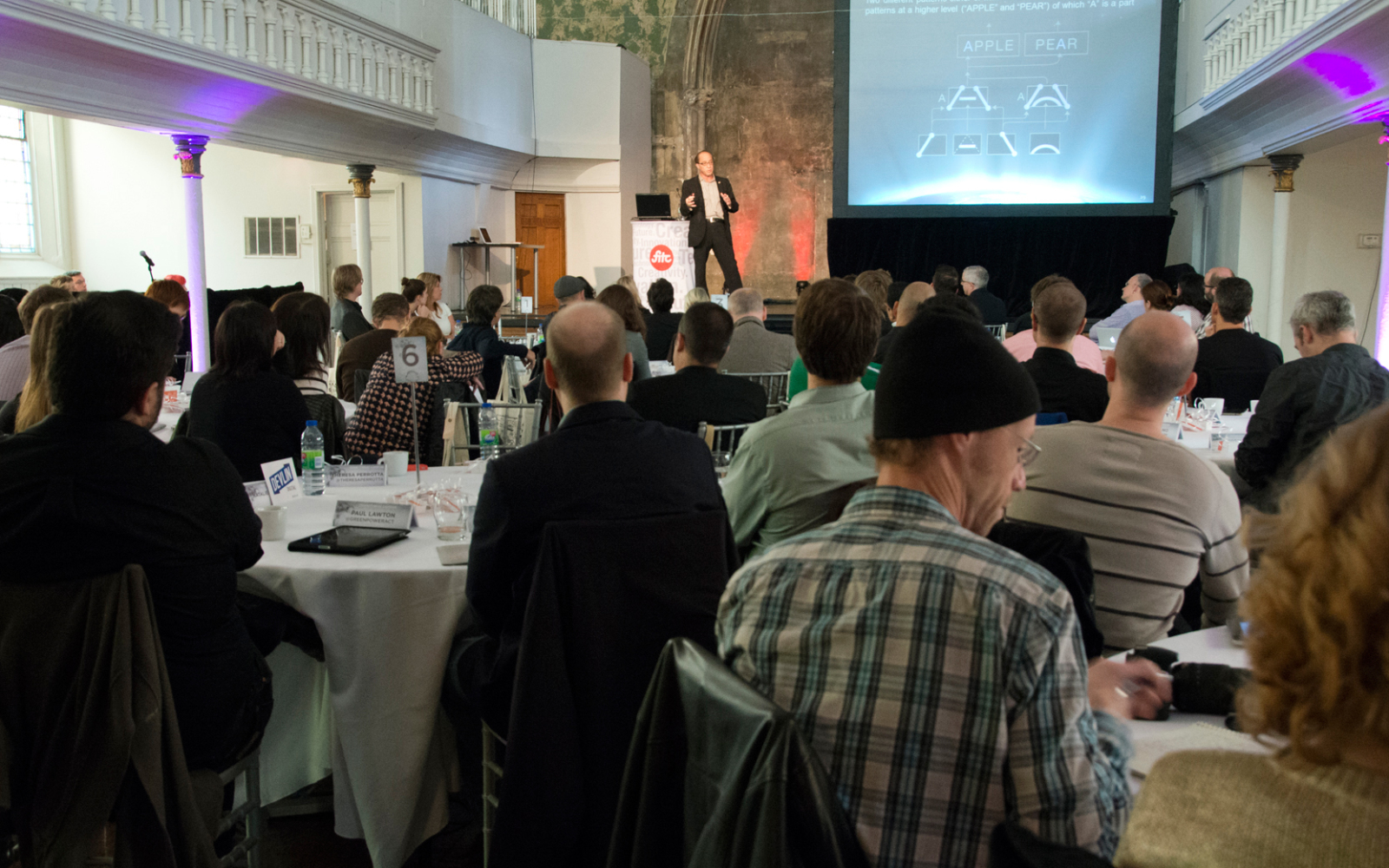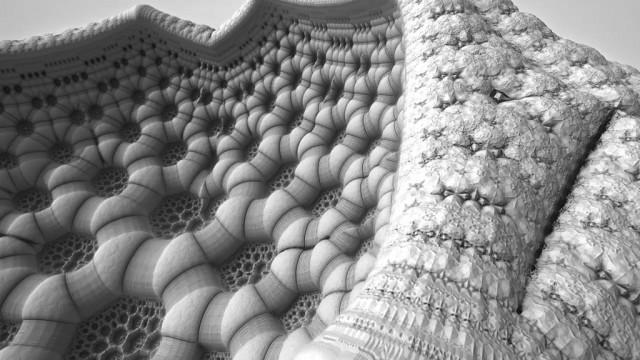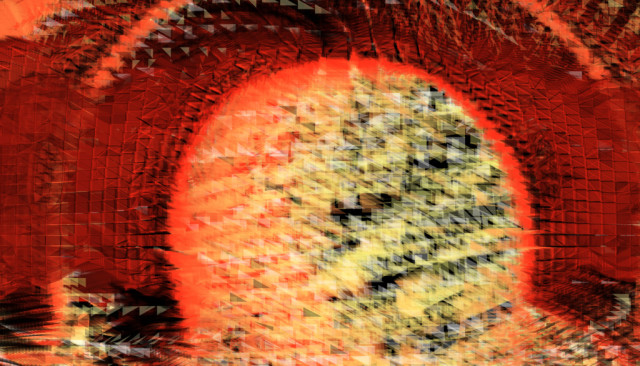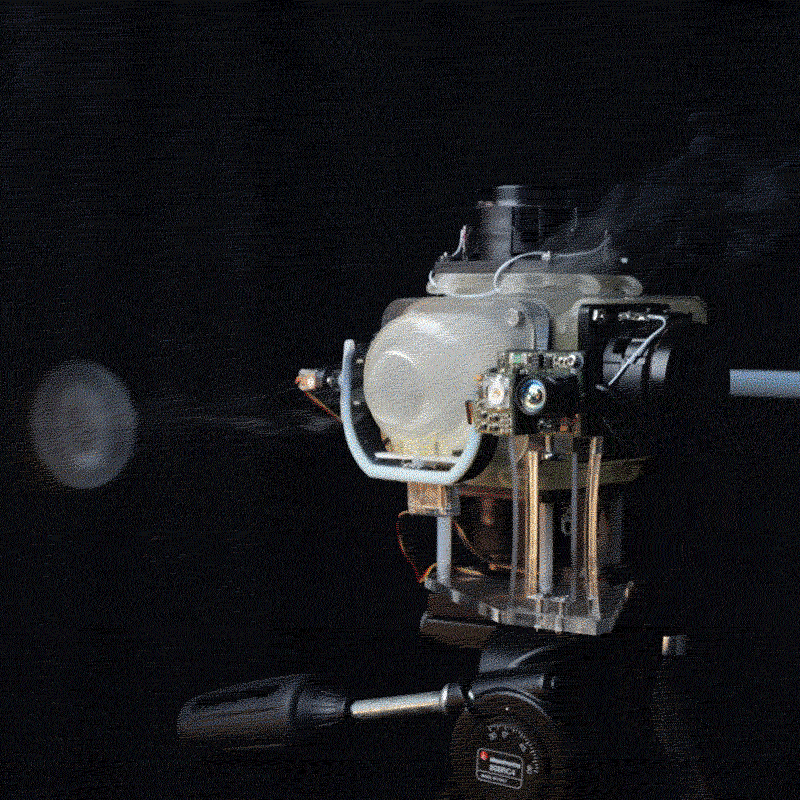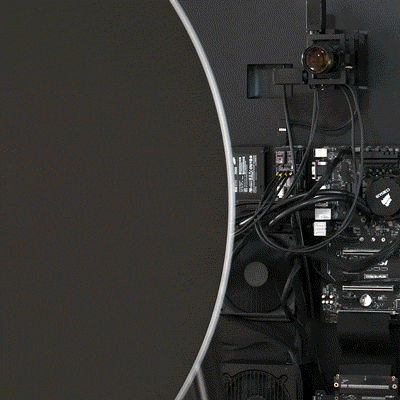/?s=google creative labs
Displaying search results
21 Results
‘Cell’, Initial concept design by James Alliban and Keiichi Matsuda. Photograph by Ghaasan Daghestani “The idea that digital is something new and transformative is now quite old. So the question for most creatives is not about going digital – it’s about making it feel less digital, about making participation and interaction feel post-digital; making the…
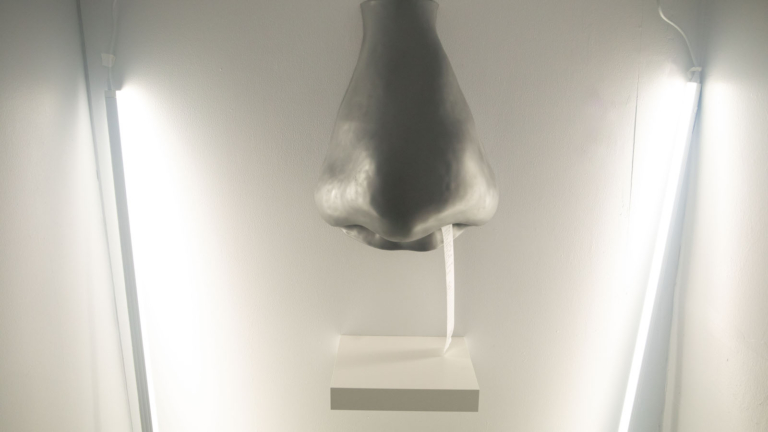
dnose is an interactive sculpture in the shape of a nose created at NYU, Tisch School of the Arts ITP (Interactive Telecommunications Program) which combines image recognition and machine learning using a Raspberry Pi to predict the smell of any object placed underneath it.
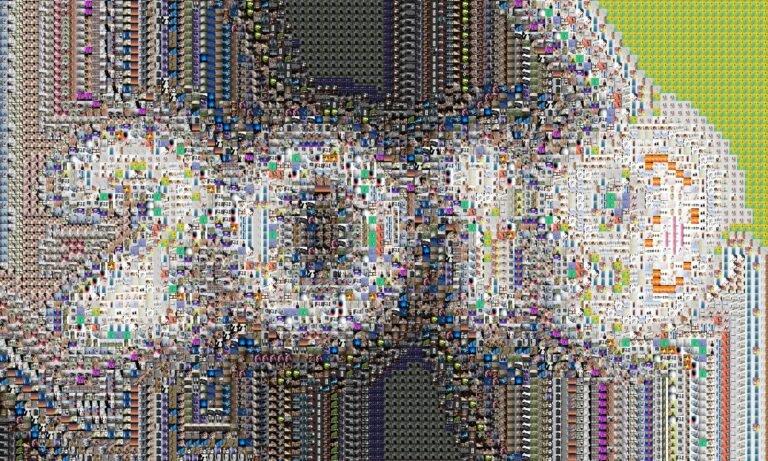
As per tradition each year, December is when we look back at the amazing work published on CAN. From ingenious machines and installations to mesmerising experiences that leverage new mediums for artistic inquiry – we added scores of projects to CAN’s archive in 2019. Here are some highlights.
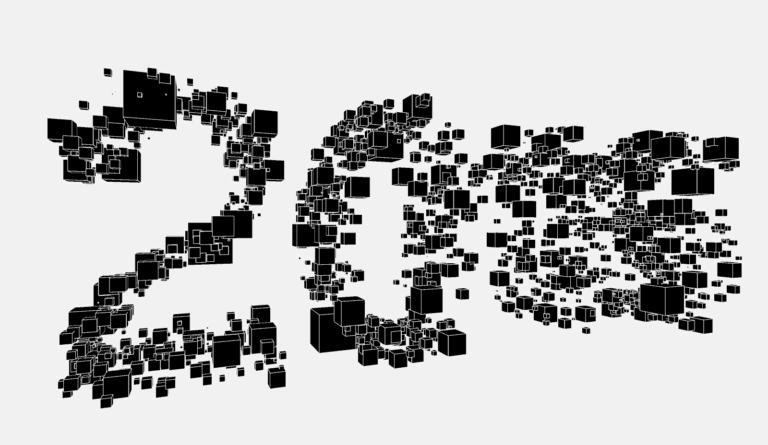
At its best, creative inquiry offers intellectual nourishment, empowerment and solace. At the end of 2016, we need all of those, which is why remembering – and celebrating – the outstanding work done this year is all the more important. Over the past twelve months we’ve added more than 100 projects to our archive – and with your help we’ve selected the favourite ones!
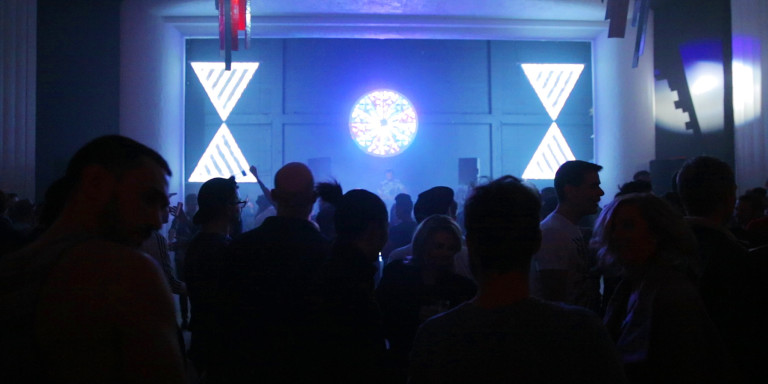
The Gray Area Foundation for the Arts has been active in San Francisco for a decade. On the eve of the second edition of their eponymous festival, CAN chats with the Gray Area team about their ongoing educational and programming initiatives.
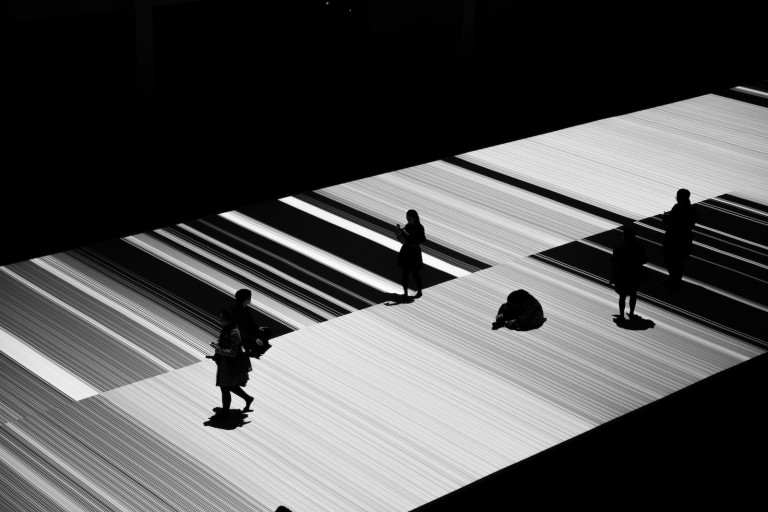
Huge stroboscopic datastreams, hypnotic human-machine choreographies, a cacophony of Korean, Japanese, English, German, and French – ten weeks ago, from November 25th to 28th 2015, an unlikely cross-cultural exchange took over the all new ACT Center in Gwangju, South Korea. More than a hundred artists, designers, curators, and educators answered our invitation to add their work and voice to the inaugural edition of ACT Festival, an opening celebration for the center’s monumental facilities.
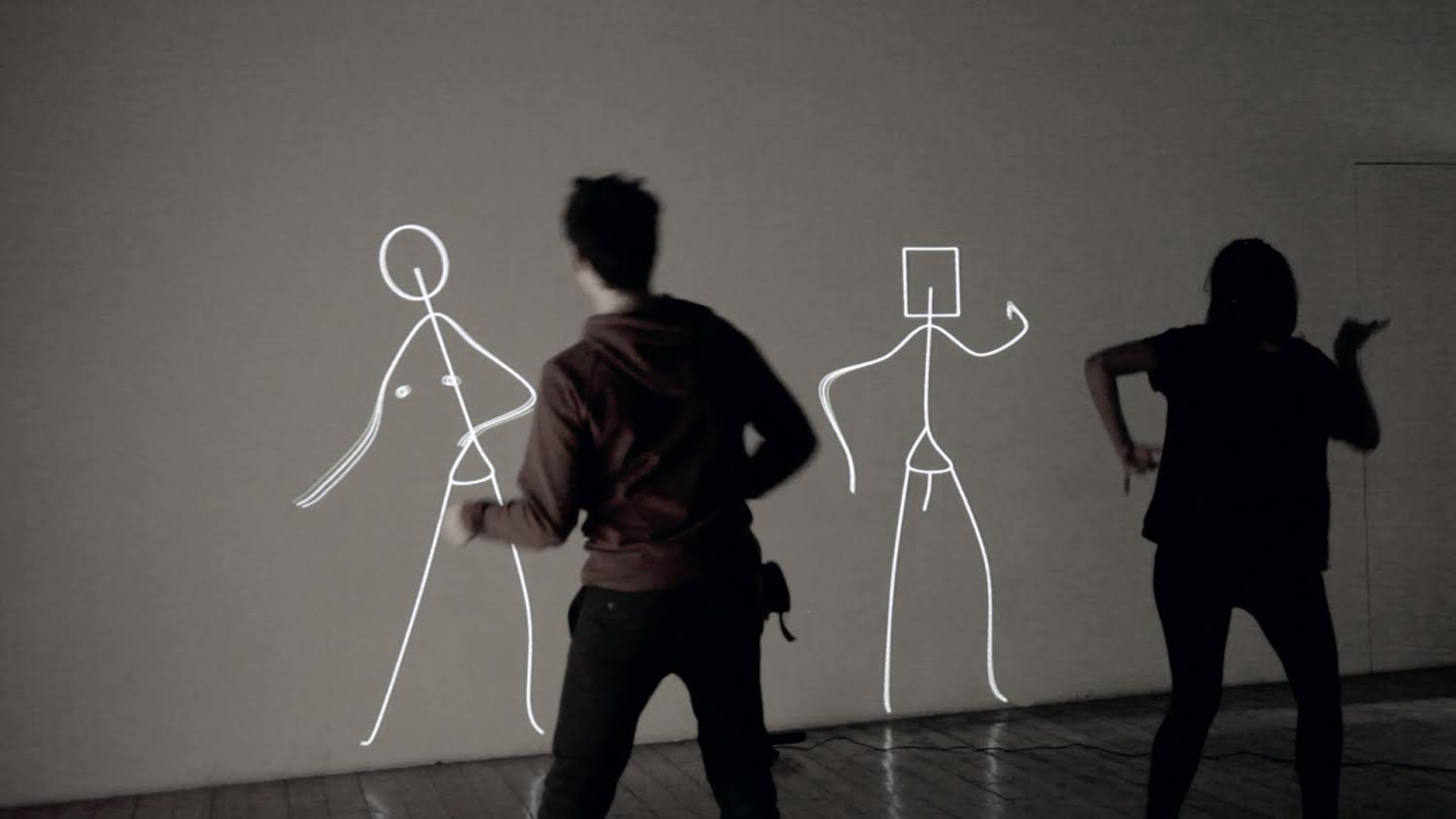
Created by Klaus Obermaier with Stefano D’Alessio and Martina Menegon, EGO is an interactive installation that explores the concept of ‘mirror stage’ objectification resulting in a conflict between one’s perceived visual and emotional experience.
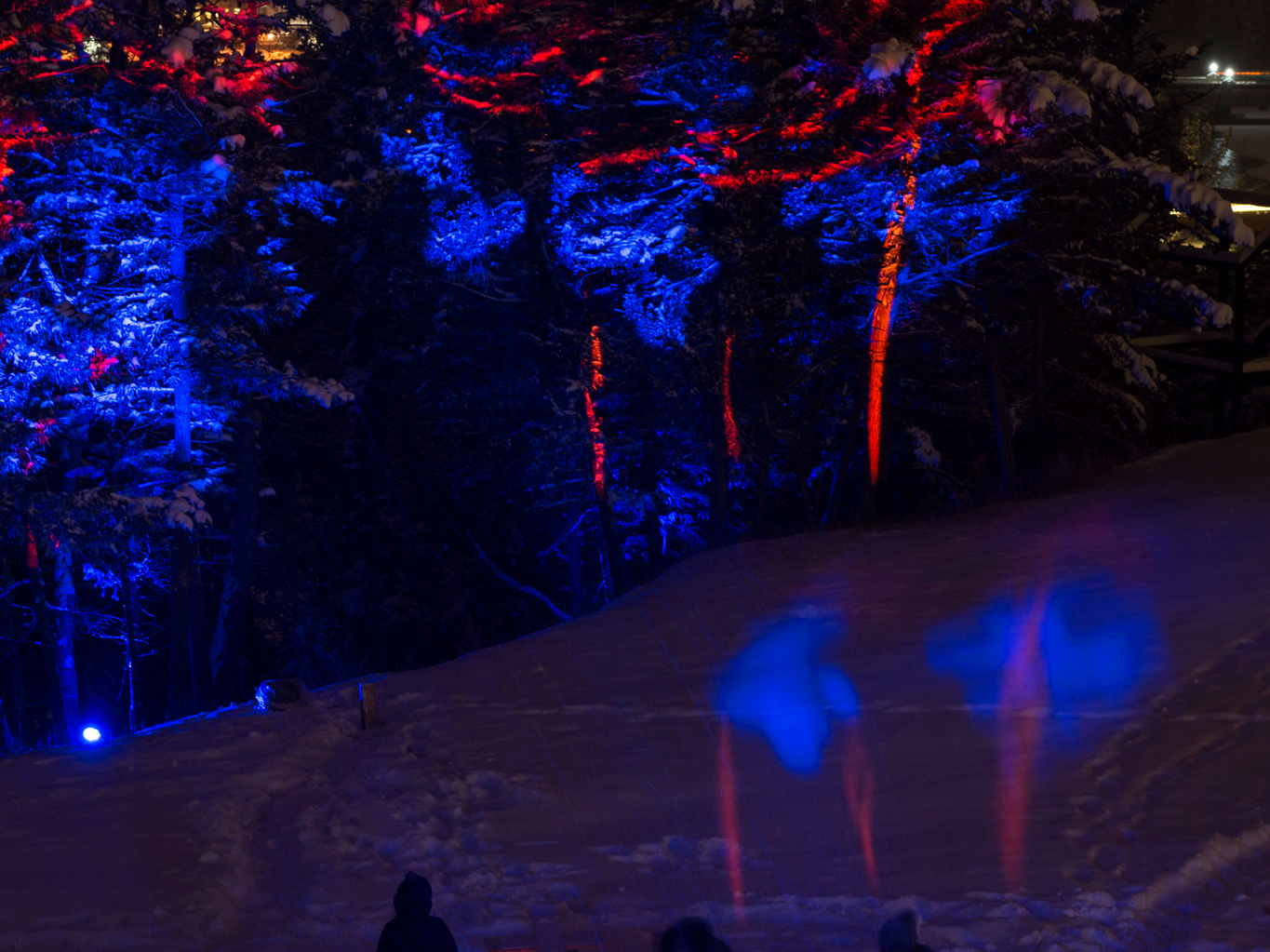
Convergence Summit, a four day conference “on art + technology” that took place at the Banff Centre Nov 27-29th. Located in the idyllic mountain-surrounded town of Banff, Alberta, the massive arts incubator played a important role in shaping discourse in and around ‘new media’ in the 90s and early aughties. With Convergence, the centre is planting a flag down and reasserting their importance as a key international digital arts venue—here is CAN’s report on the proceedings.

